How to choose the correct hot water cylinder?
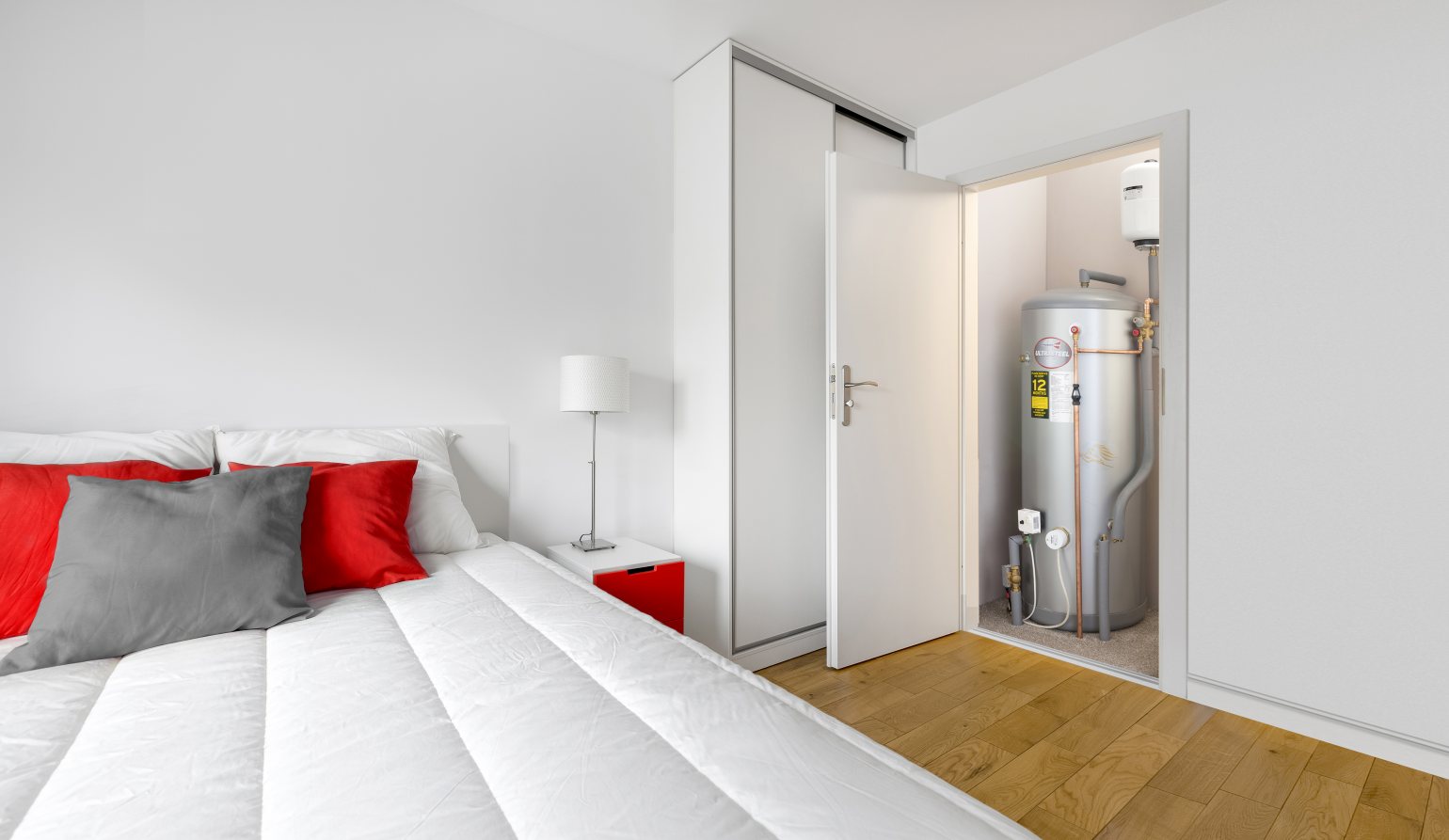
How do you know the correct hot water cylinder to choose for your home?
Vented or unvented systems
Vented systems work with a vented hot water cylinder, whereas unvented systems work with an unvented hot water cylinder.
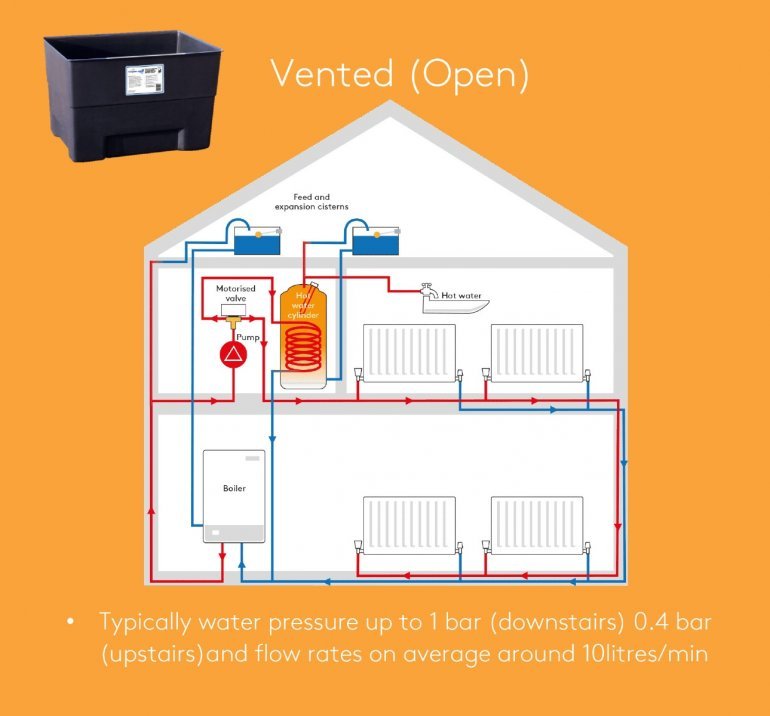
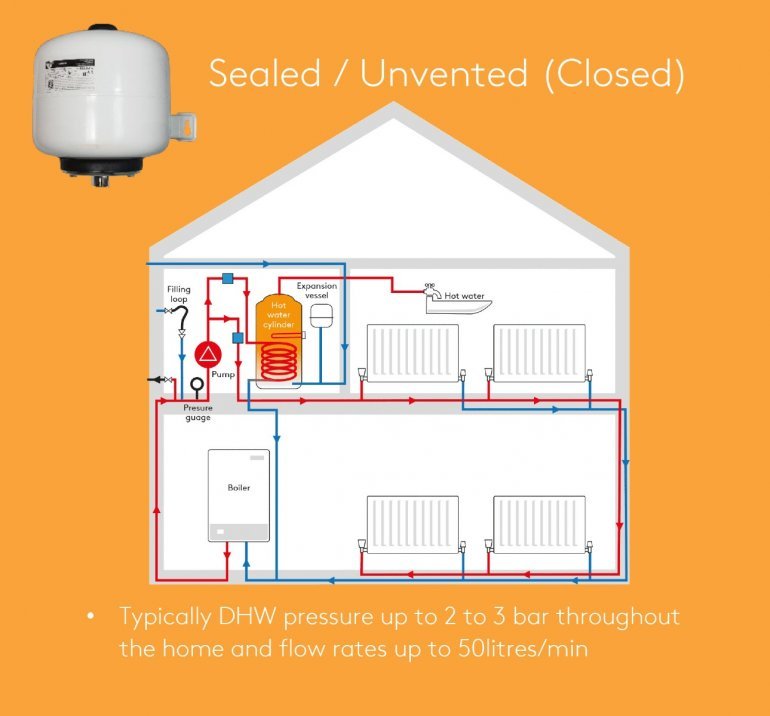
The main differences between a vented and an unvented system is the way the water supply works. With vented or “open” systems, the water supply comes from a cold water tank in the loft. This then uses gravity to carry the water via a “vent pipe” to the hot water cylinder. The cylinder can be copper or stainless steel, and usually lives in an airing cupboard. Because heated water expands, there needs to be somewhere for the expanded hot water to go. In the case of vented systems, the excess water will push back up the vent pipe and back into the tank in the loft.
With unvented systems, the water supply comes directly from the mains water. In the case of unvented systems, when the heated water expands, the expanded water goes into either a separate external expansion vessel (usually installed above the hot water cylinder), or the hot water cylinder itself has an internal expansion vessel. You’ll hear this referred to as a “bubble top” cylinder. As with vented cylinders, the cylinder can be copper or stainless steel, and usually lives in an airing cupboard.
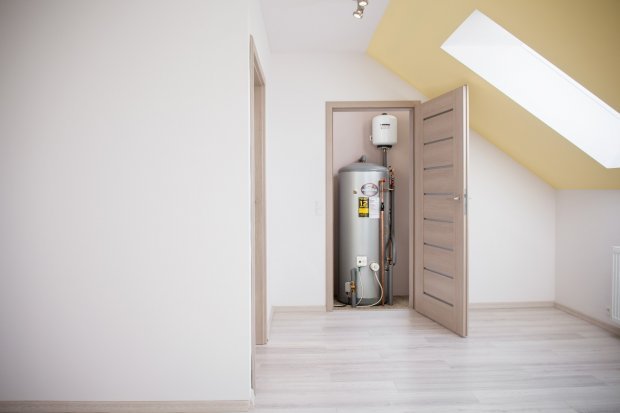
To view our full range of hot water cylinders click Hot Water Cylinders
There are four key steps in choosing the right hot water cylinder to meet the needs of your customer and their household hot water usage:
-
STEP 1: Identify the cylinder type needed for the system – vented or unvented
If you’re looking to replace an old vented cylinder that has failed, a like-for-like replacement with another vented cylinder will provide the easiest and cheapest way of getting the hot water back up and running quickly and with the least disruption.
Modern unvented cylinders are very well insulated for minimum heat loss and come in a protective casing to give an aesthetically pleasing appearance.
Thermal stores integrate well into systems with multiple heat sources or where the heat source is unregulated, for example a solid fuel wood burner.
-
STEP 2: Specify the cylinder depending on its heat source
Once you’ve decided whether the household needs a vented or unvented cylinder or a thermal store, the next step is to confirm the heat source and what that means for the type of cylinder you need.
Immersion heater using electricity: When the only option for the property is to heat the cylinder electrically through an immersion heater, you need to select a “direct” cylinder.
Gas or oil boiler: When you have a conventional boiler as a heat source, you need to select an “indirect” cylinder.
Renewable energy - solar thermal or heat pump: When the property has rentable heat sources available, you need to select either a “solar indirect” or “heat pump” cylinder. Solar indirect cylinders feature two heat exchanger coils, one for connecting to the solar heat source and the other for connecting to a conventional boiler for when insufficient solar energy is available.
Solid fuel or Aga or other unregulated heat source: When dealing with any unregulated heat source or there are multiple heat sources available, a “thermal store” will usually provide the best solution.
-
STEP 3: How much hot water do you need, and therefore what size cylinder do you need?
When choosing the cylinder capacity for your customers’ home, you should always look to future-proof the installation by considering any likely change in their hot water needs: for example if you know they have a growing family, or intend to add an additional en-suite bathroom.
For those not familiar with hot water storage, it is important to remember it is usually held at about 60°C, but is intended to be mixed with cold water down to a usable temperature. A bath using 100 litres of hot water at 40°C actually only equates to 60 litres at 60°C. A shower can use 18 litres of hot water per minute at 40°C, which is only 11 litres at 60°C.
The following average consumption levels of hot water (40°C) per person per day can be used as a guide:
- Low consumption = 20–30 litres
- Average consumption = 30–50 litres
- High consumption = 50–70 litres
Old British Standards provide recommendations on cylinder size per no of bathrooms, but do not fully consider the number of users.
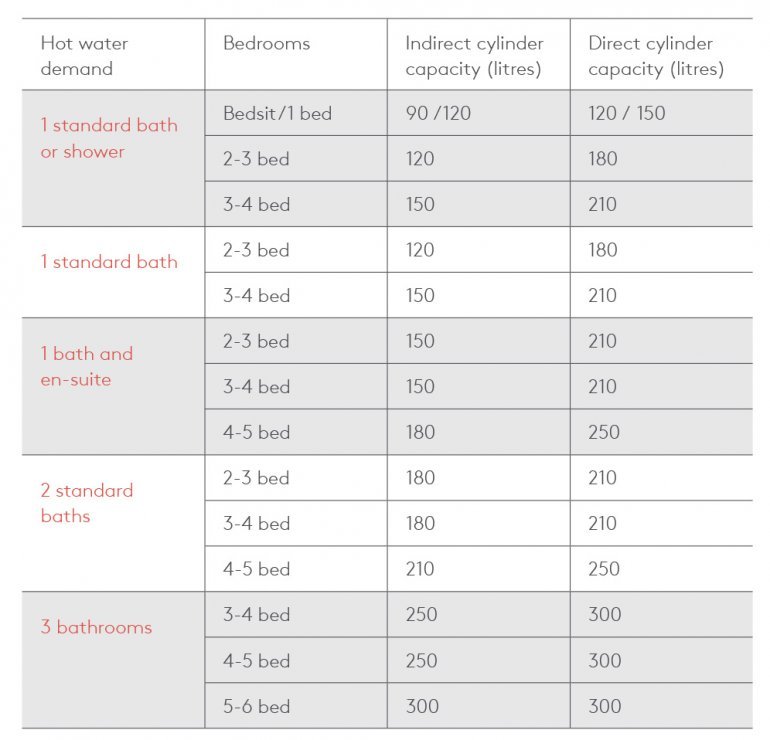
-
STEP 4: Other considerations
In addition to the type of cylinder and its capacity, installers also need to consider any physical restrictions that may apply. Examples include the amount of space available in the airing cupboard, if there are any narrow loft hatches you need to get the cylinder through, or if installation time is an issue. We outline the main considerations and their solutions here:
Slimline cylinders: With a smaller footprint to height ratio, slimline cylinders can often allow you to get through those narrow loft hatches or fit the cylinder in a tight airing cupboard. However, you will be compromising on the cylinders’ energy efficiency slightly, as tall cylinders such as these lose more heat than shorter fatter cylinders.
Horizontal cylinders: Another space-saving solution, a horizontal cylinder allows you to maintain cylinder capacity in situations where height restrictions apply. However, you should be aware horizontal cylinders are marginally less energy efficient with slightly higher heat loss.
To view our full range of hot water cylinders Hot Water Cylinders

 Login
Login